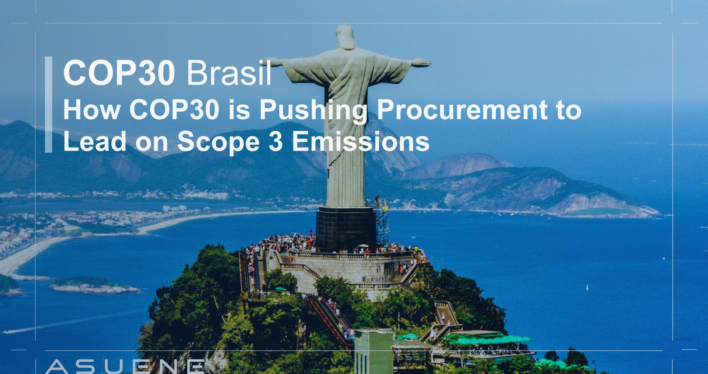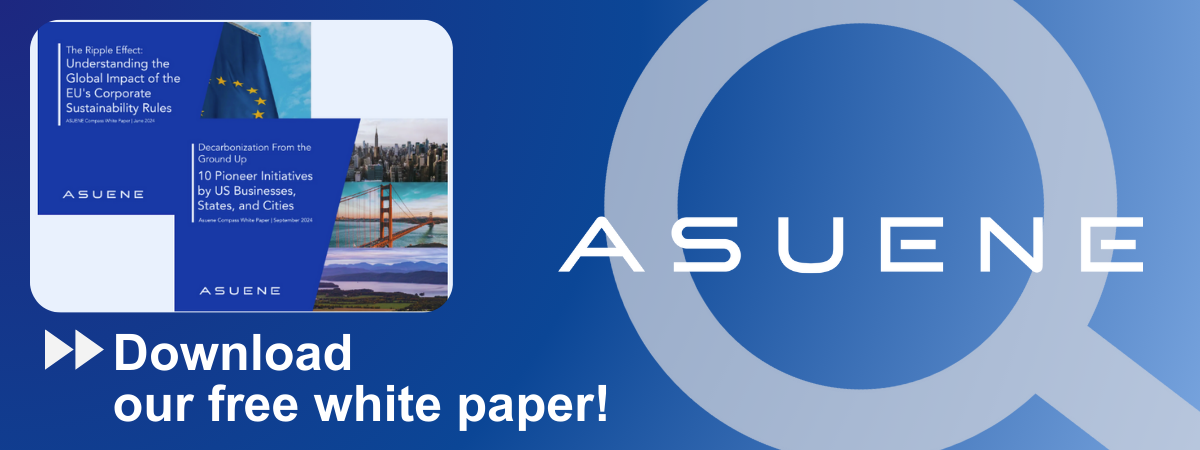- Article Summary
-
Introduction: COP30 and the Rising Stakes for Global Supply Chains
As the world prepares for COP30 in November 2025, the international community’s focus sharpens on the Amazonian city of Belém, Brazil. This location is not only symbolically powerful, representing the lungs of the planet, but it also sets the stage for an intensified global debate around deforestation, biodiversity, and carbon accountability. With time running out to keep global warming below 1.5°C, COP30 is widely expected to catalyze significant advancements in climate governance.
One area gaining unprecedented attention is Scope 3 emissions—those indirect emissions that occur across a company’s entire value chain. According to the Carbon Disclosure Project (CDP), Scope 3 can account for over 70% of total corporate emissions. As pressure mounts on companies to decarbonize holistically, procurement departments are emerging as critical agents of change. This article explores how COP30 is reshaping the role of procurement, transforming it from a cost-control function to a strategic lever for sustainability.

The Scope 3 Challenge: Why Procurement Must Step Up
Scope 3 emissions are notoriously complex. They span upstream and downstream activities, including purchased goods and services, transportation, product use, and end-of-life disposal. These emissions are outside the direct control of most companies, which makes mitigation particularly challenging.
Yet, procurement departments are uniquely positioned to influence suppliers and reshape sourcing strategies. By integrating environmental criteria into supplier selection and incentivizing low-carbon innovation, procurement can drive systemic change.
Top Sources of Scope 3 Emissions (Global Averages):
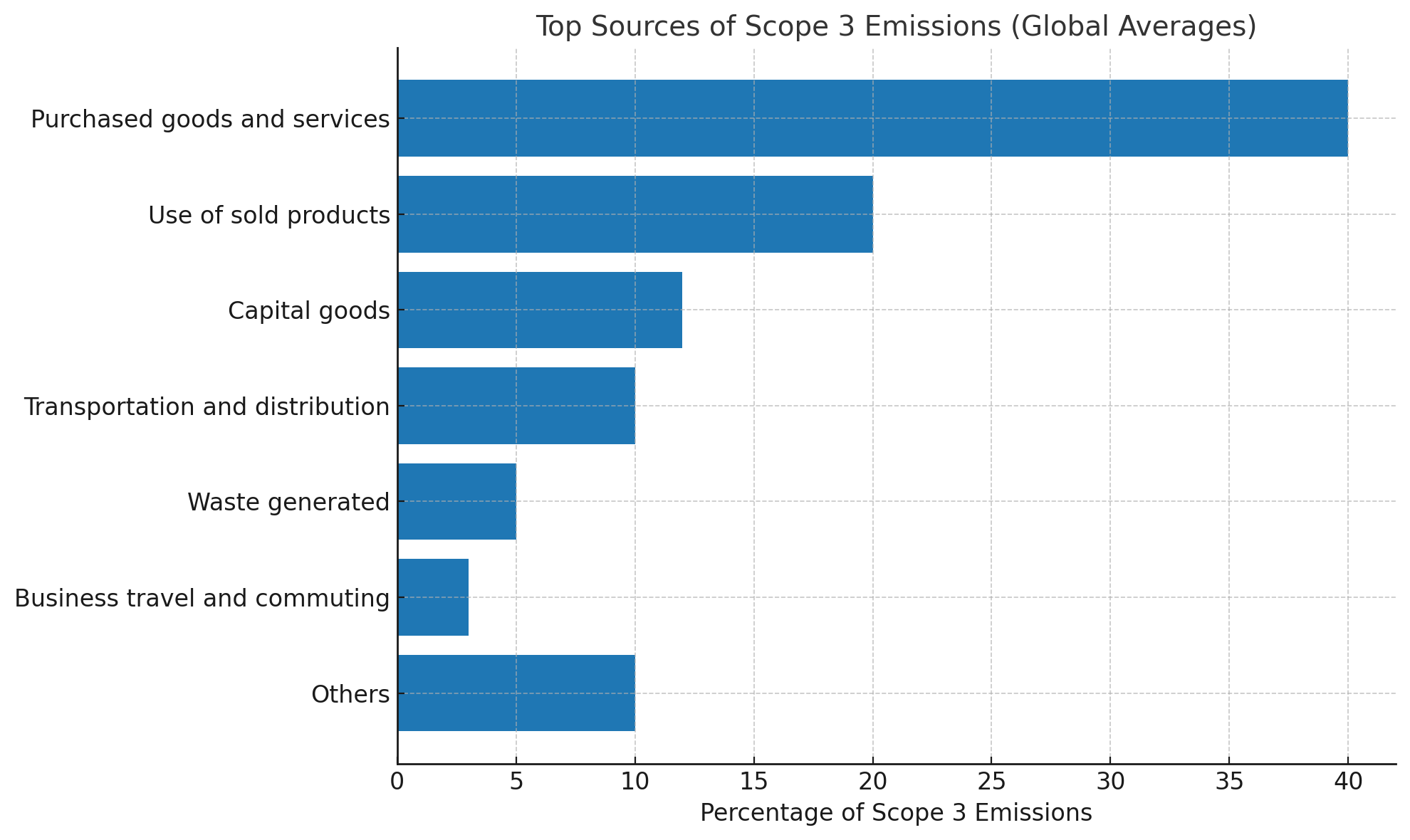
| Source | % of Scope 3 Emissions |
|---|---|
| Purchased goods and services | 40% |
| Use of sold products | 20% |
| Capital goods | 12% |
| Transportation and distribution | 10% |
| Waste generated | 5% |
| Business travel and commuting | 3% |
| Others | 10% |
These figures illustrate the leverage procurement teams have over emissions reductions. However, the lack of standardized methodologies and data transparency continues to be a barrier. COP30 is anticipated to promote new frameworks and tools that enable companies to better track and manage Scope 3 emissions.
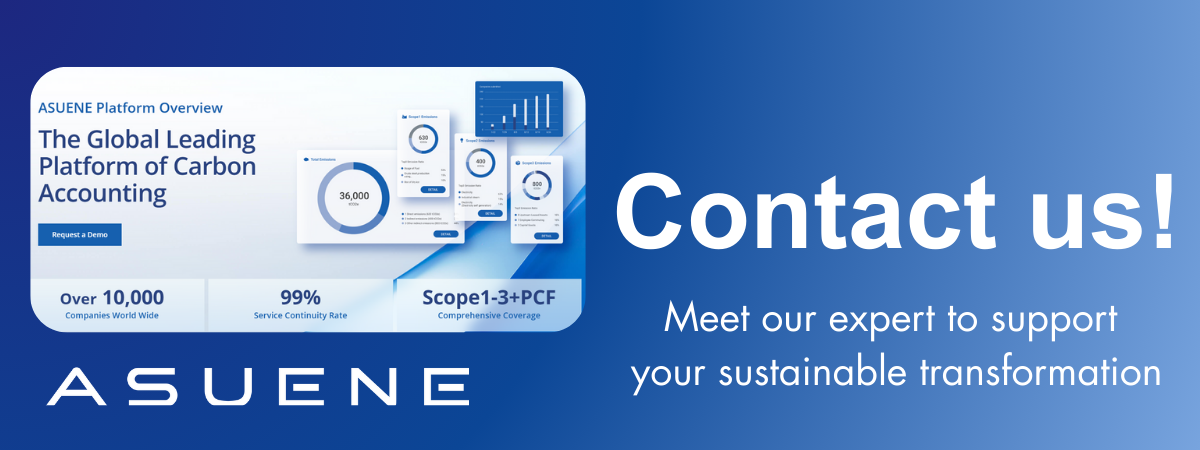
Amazon in Focus: Brazil’s Symbolic Role in Climate Action
Hosting COP30 in the Amazon is more than a geographical choice—it is a call to action. The Amazon basin is a source of critical raw materials such as beef, soy, and minerals, many of which are tightly integrated into global supply chains. However, this integration comes at an environmental cost: deforestation for agricultural expansion.
Key Supply Chain Risks in the Amazon Region:
- Deforestation-linked sourcing: Beef and soy production are primary drivers.
- Biodiversity loss: Affects ecosystem services and long-term agricultural viability.
- Social conflict: Land rights and indigenous communities are often compromised.
- Reputational risk: Brands face consumer backlash and investor pressure.
Brazilian President Luiz Inácio Lula da Silva has positioned COP30 as a platform to champion both environmental protection and sustainable development. Proposed policies include deforestation-free certification for exports and stricter supply chain due diligence requirements. Such developments could become international benchmarks, forcing companies worldwide to align their procurement practices with sustainability goals.
Corporate Action Plans: What Leaders Are Doing Ahead of COP30
Leading corporations are not waiting for regulations to act. Many are proactively aligning their supply chains with climate goals, recognizing that transparent, low-carbon procurement can drive both ESG performance and competitive advantage.
Examples of Corporate Initiatives:
- Apple: Requires suppliers to use 100% renewable electricity and report carbon data.
- Unilever: Introduced climate transition plans across key suppliers with financial incentives.
- Toyota: Engages tier-1 and tier-2 suppliers in GHG reduction programs.
- Nestlé: Implements regenerative agriculture programs for key commodities.
Corporate Supply Chain Decarbonization Strategies
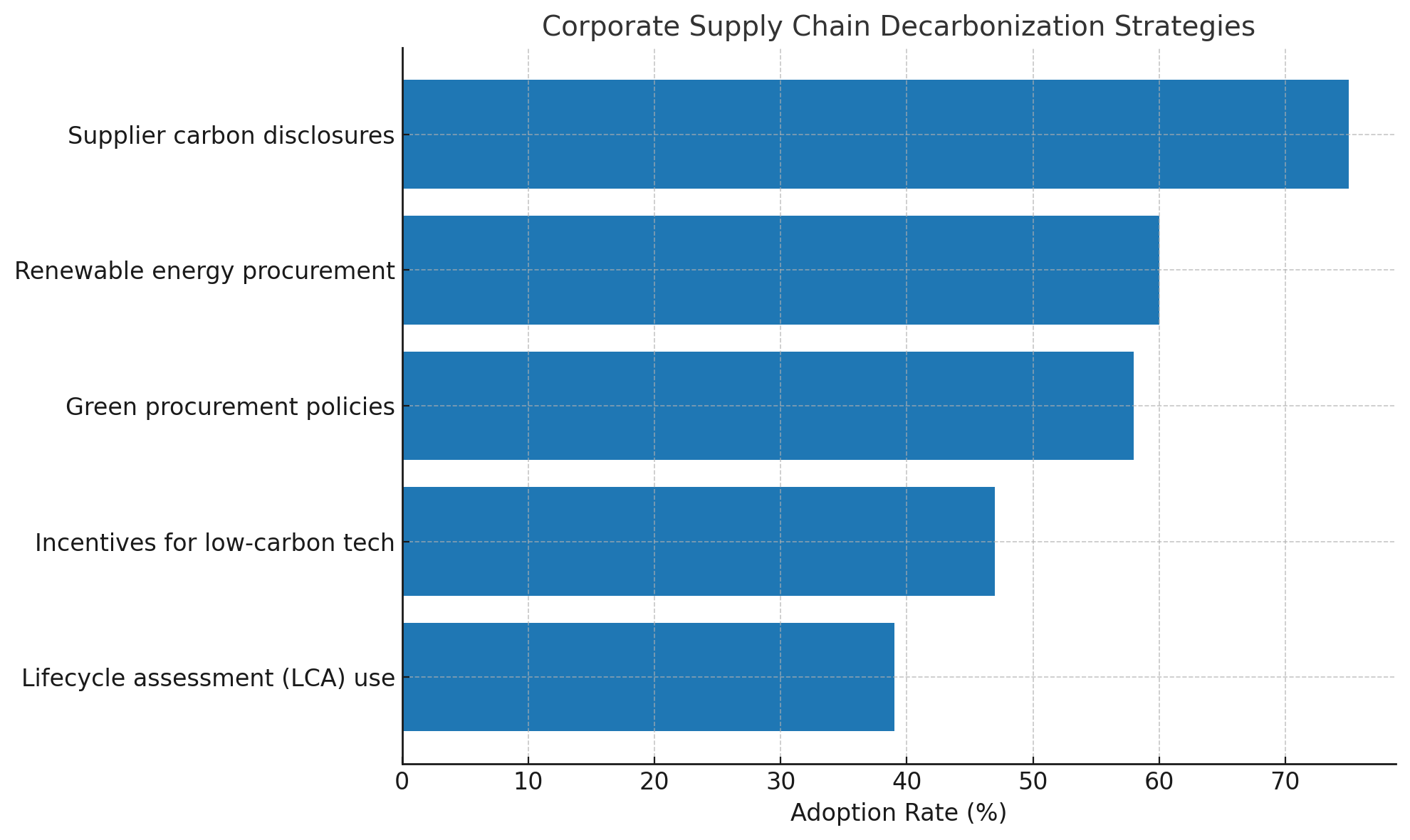
Conclusion: Turning Climate Ambitions into Procurement Standards
COP30 stands as a crucial inflection point in the global climate dialogue. It has the potential to move beyond high-level commitments and translate climate ambitions into enforceable mechanisms, especially around supply chain emissions.
Procurement is no longer just a support function—it is becoming a climate action hub. From sourcing sustainable materials to embedding carbon criteria in RFPs, procurement leaders are now central to achieving net-zero targets.
To stay ahead, companies should:
- Map their Scope 3 emissions with supplier-level granularity.
- Set science-based targets for supply chain decarbonization.
- Collaborate across sectors to harmonize standards.
- Leverage technology for transparency and accountability.
As COP30 draws near, the message is clear: the road to net zero runs through the supply chain—and procurement holds the wheel.
Why Work with ASUENE Inc.?
Asuene is a key player in carbon accounting, offering a comprehensive platform that measures, reduces, and reports emissions, including Scope 1-3, with expertise in decarbonization. Asuene serves over 10,000 clients worldwide, providing an all-in-one solution that integrates GHG accounting, ESG supply chain management, a Carbon Credit exchange platform, and third-party verification.
ASUENE supports companies in achieving net-zero goals through advanced technology, consulting services, and an extensive network.
